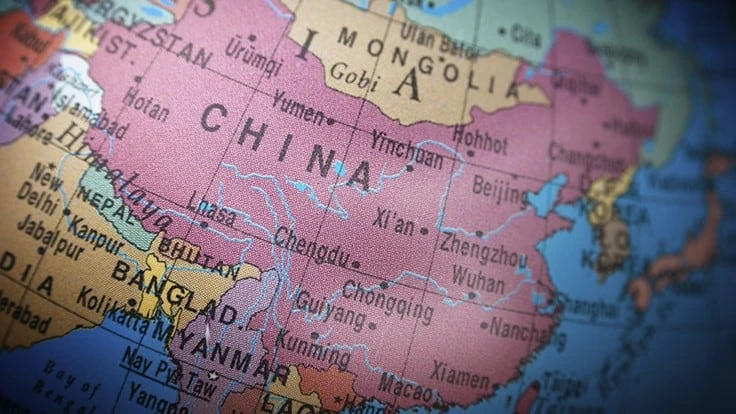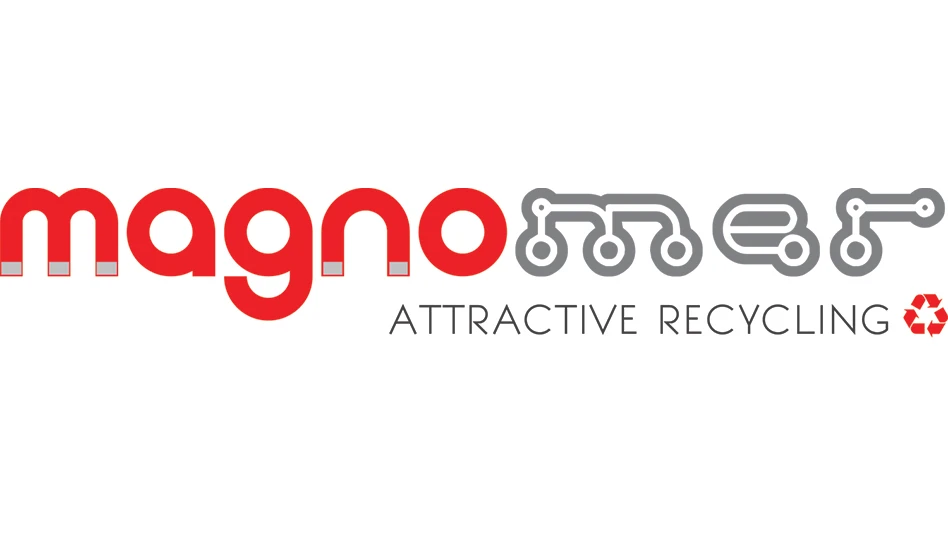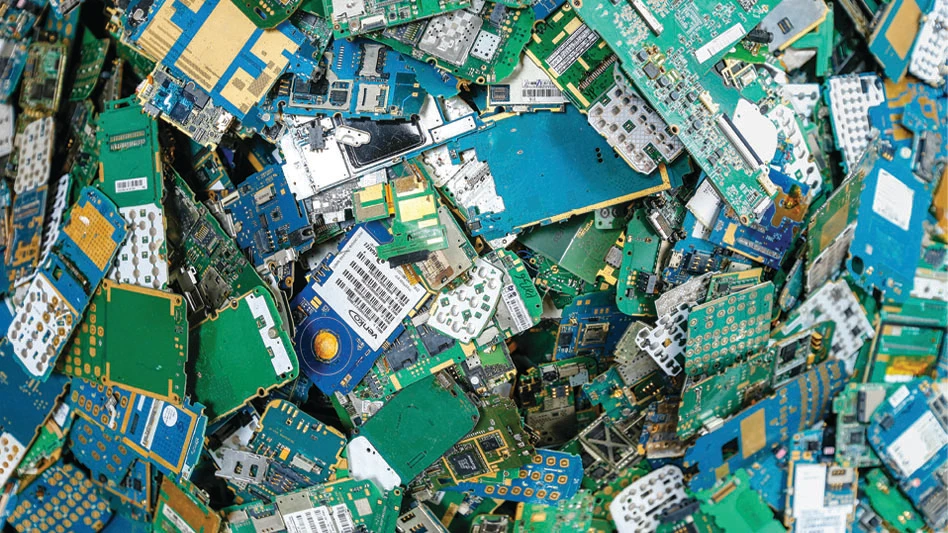
Image provided by Thinkstock.
Metal production in China, which makes about half the world’s metal and which also is ahead of the curve in terms of rebooting its economy after COVID-19, is showing a divergence between aluminum and steel output.
In the aluminum sector, the Beijing-based Caixin media organization has reported on cuts at some 20 aluminum smelters with more than 700,000 metric tons of annual capacity.
Companies reportedly cutting back on output in the face of low domestic and global demand include China Zhongwang Holdings and Aluminum Corp. of China Ltd. (CHALCO). Caixin quotes a metal industry analyst as saying many downstream consumers of finished aluminum have not received a large volume of orders for May and June because of slack demand.
China’s steel production finally showed some sign of slowing down in March, but the cutbacks may have been short-lived. Reuters, citing National Bureau of Statistics (NBS) data, has reported that steel output in March in China dropped by 1.7 percent in March 2020 compared with March 2019.
Nonetheless, steel output in the nation rose by 1.2 percent in the first quarter, even at a time when China’s economic activity was retreating in the wake of anti-COVID-19 measures. A new media report on April 20 seems to indicate that even the slight March cutbacks were short-lived.
According to Beijing-based MySteel, the China Iron and Steel Association (CISA) says steel output in the first 10 days of April rose by 6.5 percent compared with the average for late March.
MySteel indicates there has been “steady improvement in demand from steel end users, which gave a positive boost to sentiment in the domestic steel market and gave Chinese steelmakers some confidence to gradually resume normal production.”
For recyclers, one small bright spot in mid-April involved the approval for about 100 or so containers of ferrous scrap to be imported into China. With China’s construction and automotive sectors largely on the sidelines in February and part of March, the nation’s scrap output likely plummeted.
According to MySteel, six China-based companies in mid-April “secured limited quotas from the government allowing them to import a total of 3,700 metric tons of ferrous scrap between now and December.”
The six firms that were part of this fifth quota allocation were located in eastern China’s Zhejiang province, which is south of Shanghai and includes the city of Hangzhou and the port of Ningbo.
The country’s nonferrous scrap imports, meanwhile, also included quotas announced in April for about 222,000 metric tons of copper-bearing scrap and about 191,000 metric tons of aluminum scrap.
The small amount of ferrous scrap permitted does not compare to the potential cutback in steel output and scrap purchasing taking place in Japan, Taiwan and South Korea. Steelmakers in those nations have all reduced output in response the global slowdown caused by COVID-19.
According to a mid-April Metal Bulletin report, South Korea’s two largest steelmakers “plan to slash their intake of imported scrap over the coming months amid weak finished steel demand.” Japanese customs figured cited by the publication indicate South Korea’s ferrous scrap intake from that nation fell by 33 percent—or some 280,000 metric tons—in the first two months of 2020 compared with the year before.
Latest from Recycling Today
- Haber raises $44M to expand to North America
- Canada Plastics Pact releases 2023-24 Impact Report
- Reconomy brands receive platinum ratings from EcoVadis
- Sortera Technologies ‘owning and operating’ aluminum sorting solutions
- IDTechEx sees electric-powered construction equipment growth
- Global steel output recedes in November
- Fitch Ratings sees reasons for steel optimism in 2025
- P+PB adds new board members





